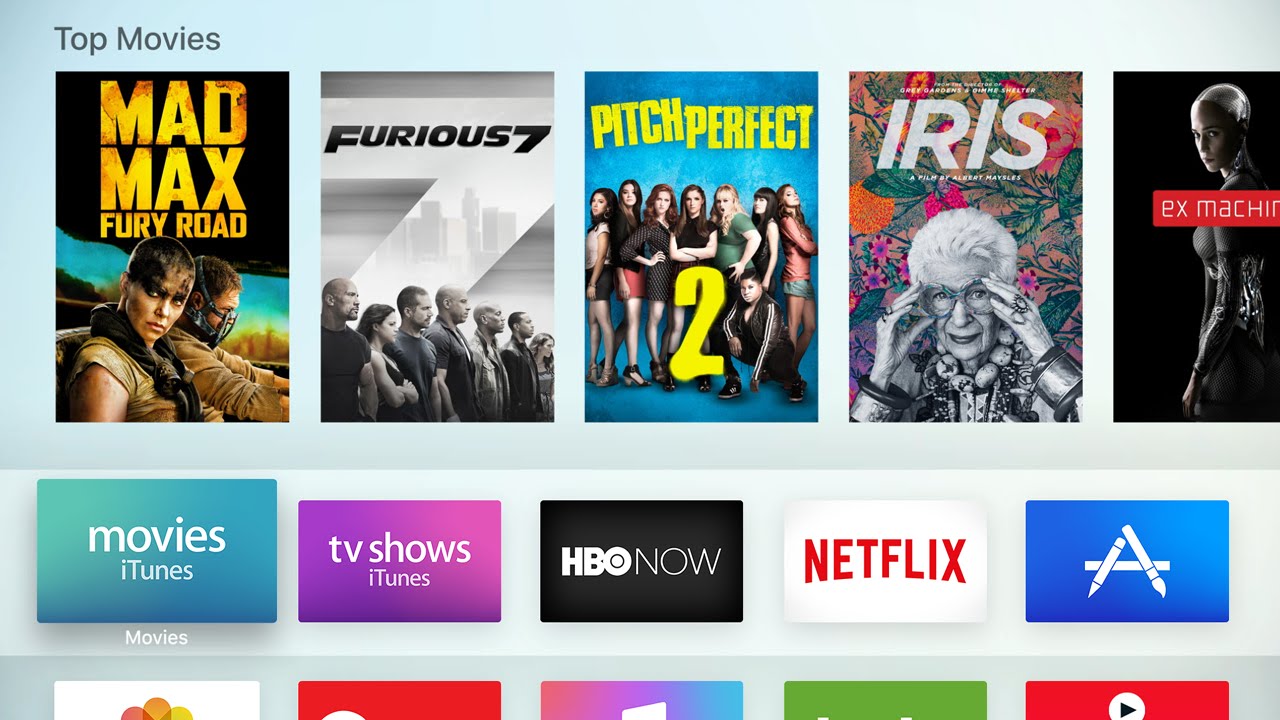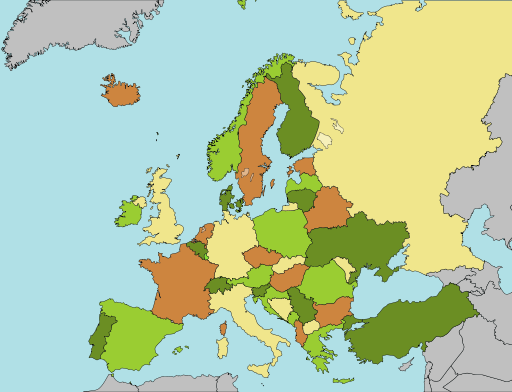Article – German language / Deutsche Sprache
Fritz!Box: Auch AVM setzt auf Mesh-WLAN | Netzwelt.de
From the horse’s mouth
AVM

AVM Fritz!Box – the first Wi-Fi device range to implement distributed Wi-Fi through a software upgrade
FRITZ! Labor für WLAN Mesh (Product Details)
My Comments
A major trend affecting the home network is the rise of distributed Wi-Fi systems which are simple-to-setup Wi-Fi networks that use a mesh-based or “repeater-extender” Wi-Fi wireless backbone. Some ISPs are even offering these kind of systems as an added-value option that customers can “buy on” or product differentiator for their top-shelf packages.
But AVM, a network-technology company based in Berlin, Germany, and known for its Fritz!Box routers have taken a different approach to this situation. This is in addition to being the first home-network hardware Here, they are offering this functionality in the form of a user-deployed software upgrade just released in Germany for some of their devices, namely the Fritz!Box 7490, 7580 and 7590 modem routers and the Fritz!WLAN Repeater 1750E Wi-Fi repeater and Fritz!Powerline 1240E HomePlug access point.
Here, AVM has done away with the need for households to replace their equipment to head towards the mesh-driven Wi-Fi home network.They just have to download the newer firmware updates from AVM’s Website and apply them to the Fritz!Box modem router. Then they take advantage of a firmware-hosted “Home Network Overview” (Heimnetzübersicht) dashboard to roll out the “over-the-air” firmware updates to any compatible Fritz!WLAN repeater or Fritz!Powerline access point to have them part of the mesh. Of course, it also facilitates one-touch configuration of the network with each wireless node in the meh being part of the proper “extended service set” with the same ESSID and security parameters.
The question here is whether AVM will implement just the wireless backbone for their mesh or have it support a wired (Ethernet or HomePlug AV2) backbone as well. Here, supporting a wired backbone as well as the wireless backbone can cater towards difficult network setups like stone buildings or multiple-building properties.
What do I see of this? Personally I would see the European network-hardware vendors implement a fully software-driven approach towards the advanced Wi-Fi setup. It would then lead to ISPs in highly-competitive markets like France rolling out this kind of functionality simply through a software functionality update for their customer-premises equipment.



